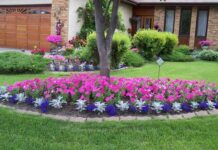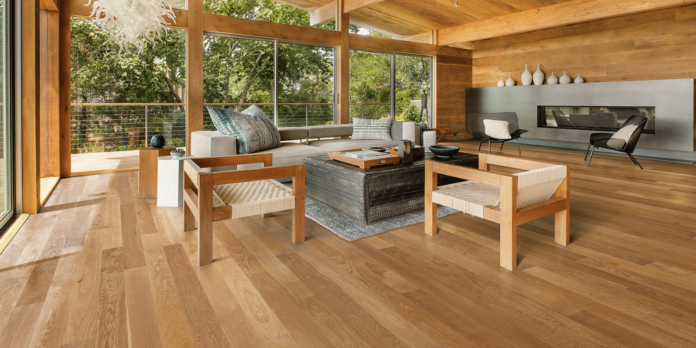
Nowadays, the idea of going “eco” has invaded all aspects of our lives, including home interior and design. For this reason, many people are looking not only for the most beautiful flooring option for their home but also for an environmentally-friendly and sustainable choice.
Of course, in the past, the term “eco-friendly” evoked blandness and boredom but as the demand for sustainable materials became bigger, designers and manufacturers started stepping up their game. Now, with so many flooring options to pick from, we have compiled a list of some of the most popular eco-friendly solutions.
What is a sustainable and eco-friendly floor?
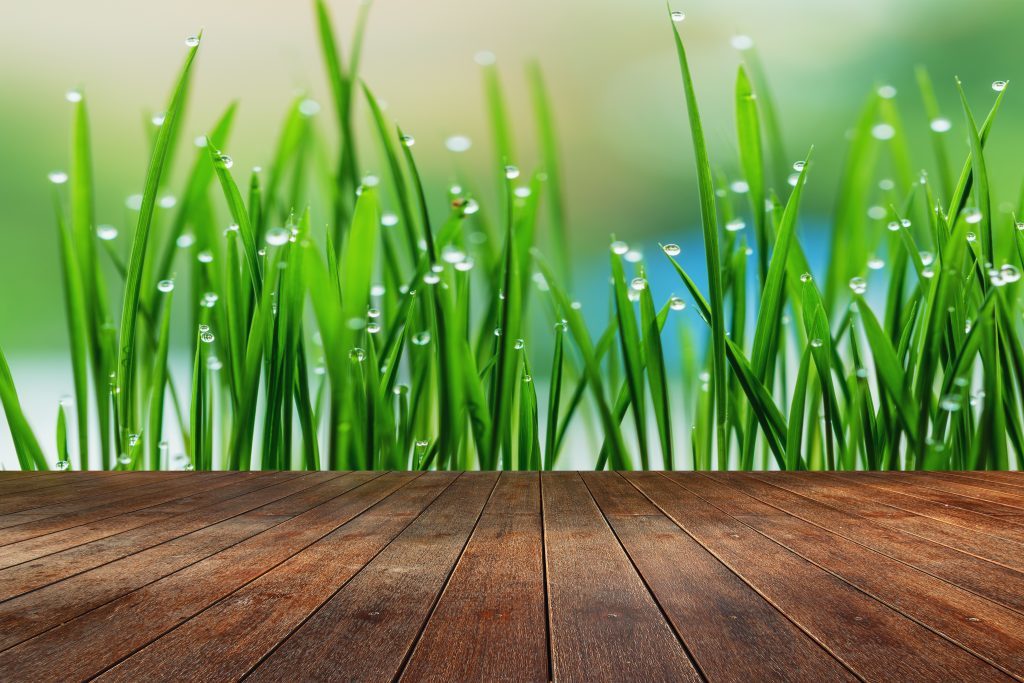
First of all, it’s important to know the difference between environmentally-friendly flooring choices and all other types of flooring. Basically, such floors are produced from renewable materials via eco-friendly processes. The aim is to create an as little impact on the ecosystems around it as possible while going through the course from harvest to manufacturing, use, and disposal. Let’s not forget to mention that many of these sustainable flooring materials have a social aspect to them. Such are bamboo and sisal, which tend to rate highly when it comes to sustainability. Choosing such options surely will support the communities that supply and manufacture them.
The Sustainable Flooring Choices
Hardwood
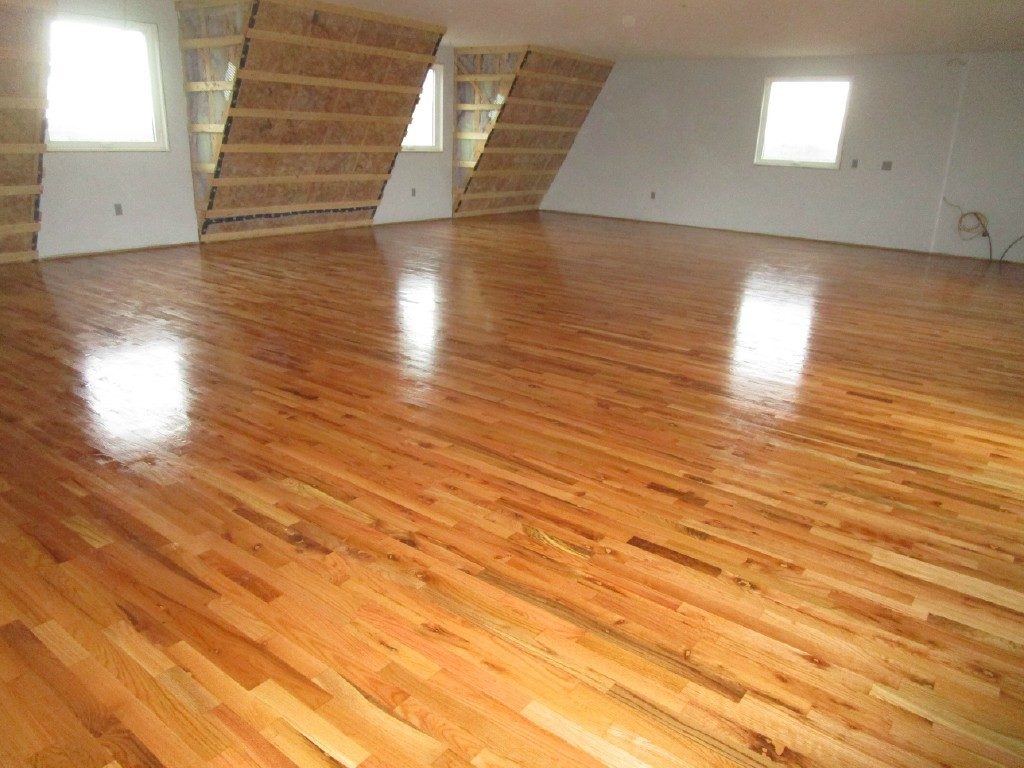
If you want to add warmth and color to your interior, wooden floorboards have been a popular and traditional choice for decades. Nowadays, factories that produce hardwood flooring opt for plantation-grown and commercially-harvested wood species as opposed to plundering out of native forestry. As a result, you get easy-to-clean flooring from a renewable source. Moreover, new technology has made most types of hardwood floors much easier to install.
Even though it may not be considered as fully eco-friendly, hardwood and especially reclaimed hardwood still ranks among the sustainable options as it reuses existing wood from trees that were chopped down a long time ago. In fact, the flooring from salvaged wood can look quite beautiful in older homes or cottages.
Bamboo
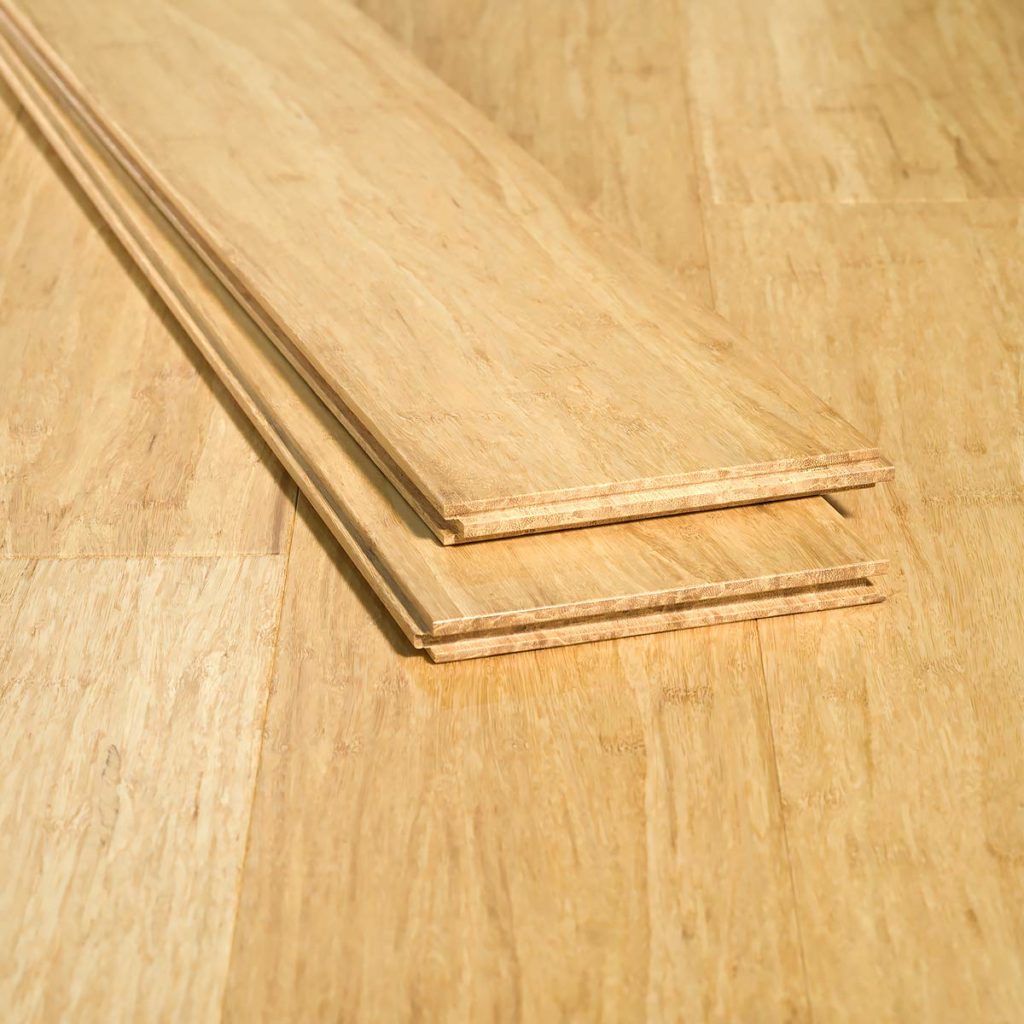
A very popular alternative to hardwood, bamboo is a grass but it definitely has a lot of similarities with its traditional counterpart. Most importantly, it’s durable, easy to maintain and to install. Its biggest advantage is that bamboo grows four to five times faster than trees. In addition, the material produced is very light and is available in many hues that can be used in any setting or décor. Usually, manufacturers offer a wide variety of grains and colors which is yet another advantage over traditional flooring.
Cork
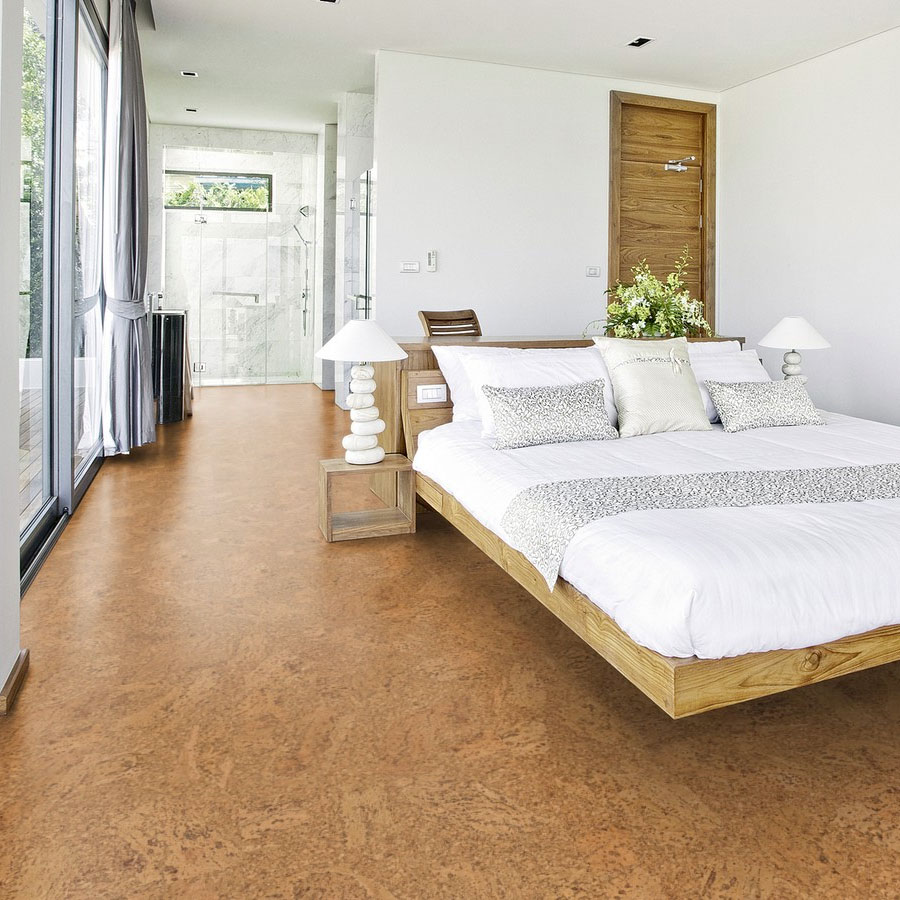
Although relatively new to the flooring world, cork is actually a great material for the floor. The main reason why cork is on the list is that it’s harvested from the bark of the cork oak tree. This means that the trees are not cut down at all. The bark, after harvested, will grow back every three years, making it an ideal renewable source. Additionally, cork has anti-microbial properties which reduce allergens, it’s fire retardant and easy to maintain. Last but not least, it acts as a natural insect repellent. When talking about style, cork, just like hardwood, can be painted to suit any color scheme or design style. As for its sustainability, this material can easily last for a few decades, depending on the quality.
Linoleum
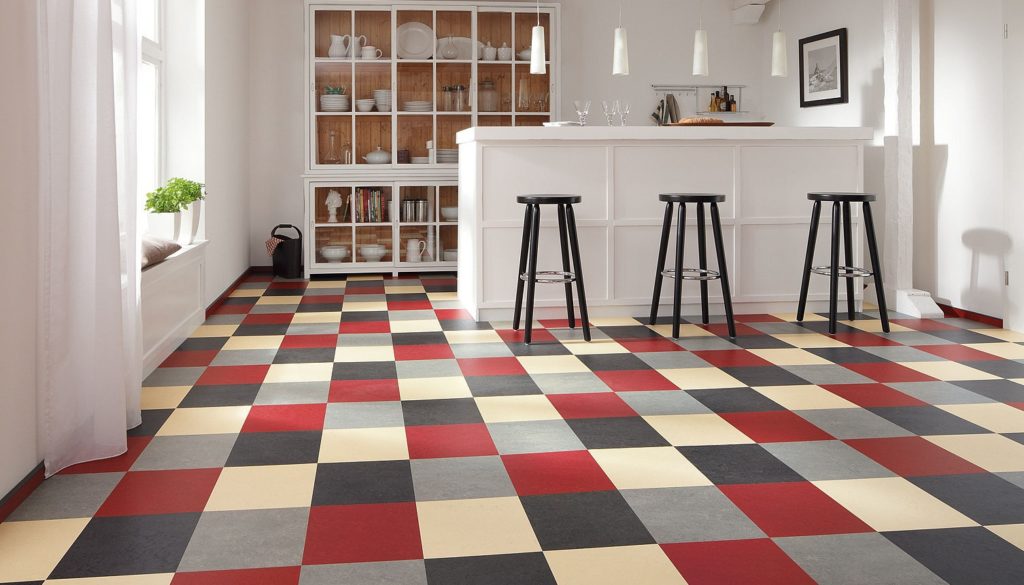
Usually, linoleum is mistaken with vinyl. In fact, the two are nowhere close to each other as vinyl is a synthetic made of harmful chlorinated petrochemicals while linoleum is made from a concoction of linseed oil, cork dust, tree resins, wood flour, pigments, and ground limestone. For this reason, this material is similar to cork – it’s fire retardant and water-resistant. In contemporary times, “lino” has reemerged with a wide variety of bright vibrant colors and a new sealer that protects it from stains. In addition, it has a long life and is able to hold up to a lot of wear and tear.
Rubber
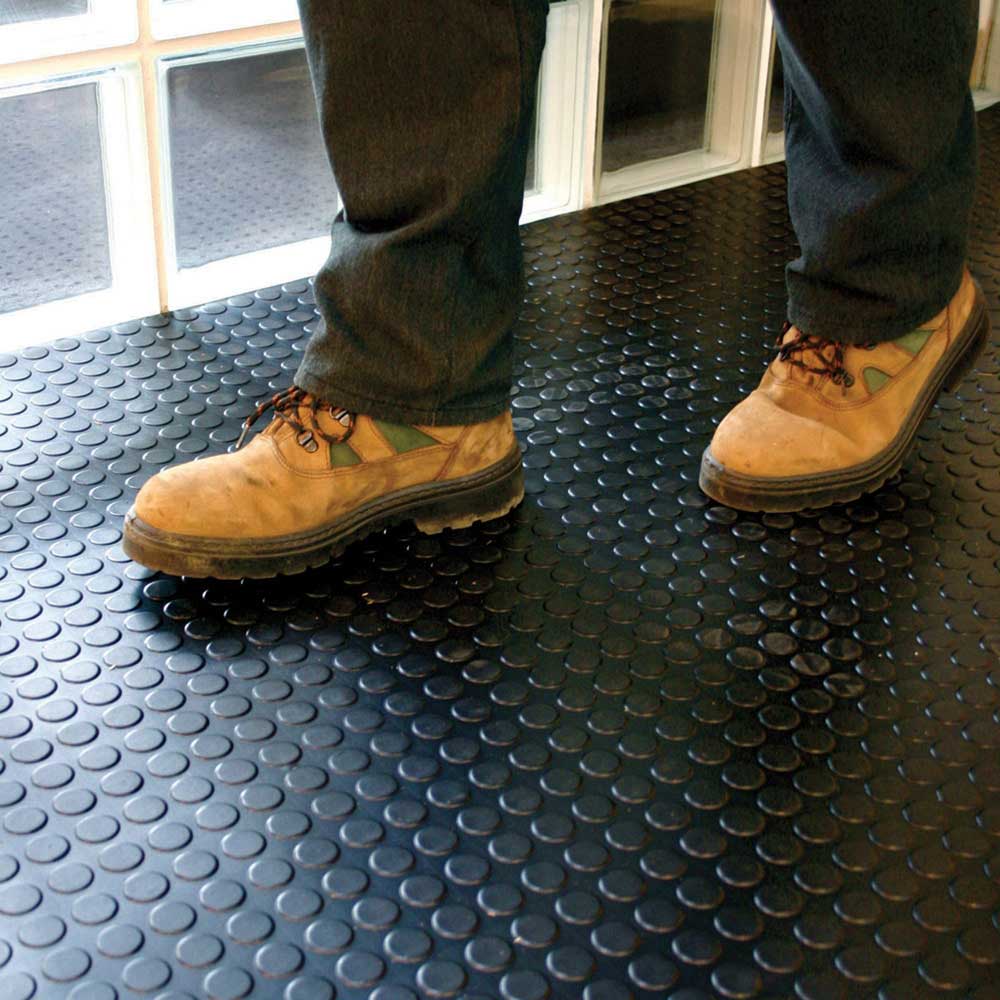
Although rubber is often used in commercial and industrial spaces, with a little bit of imagination it can be effectively used in bathrooms, laundry rooms, and even kitchens. As rubber is harvested from the living rubber tree, it is a 100% environmentally-friendly material. What’s more, it’s easy to install and keep clean, it insulates against sound and vibration and it is also anti-static. Just make sure you buy the real thing and not its synthetic alternative because the latter is not a sustainable material.
Carpet
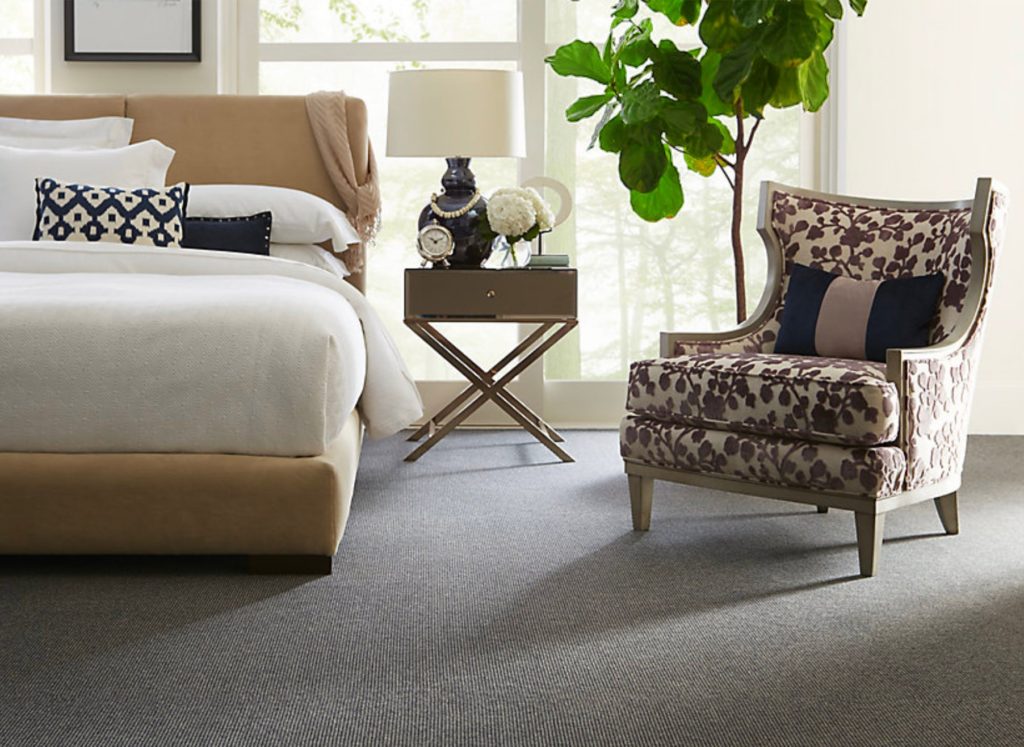
When speaking of interior design, carpet has to be on the list. Although it’s widely disproven that wool carpets are eco-friendly, the reason for this is not the resource but the energy requirements of such carpet manufacture and the VOCs gave off. Luckily, there are low-VOC options and purchasing a wool carpet for your floor will not only prove to be eco-friendly – wool can last for centuries!
On the other hand, there’s the PET version of “green” carpets. The polyethylene terephthalate is usually made of recycled plastic used in food and drink containers. Of course, the source is virtually never-ending and recycling it as floor carpets keeps it out of our landfills. In addition, it takes less amount of energy to be produced and it’s much easier to dye compared to other materials. This recycled material can be a little rough to walk on with bare feet but it’s quite affordable and easy to maintain.
Coconut
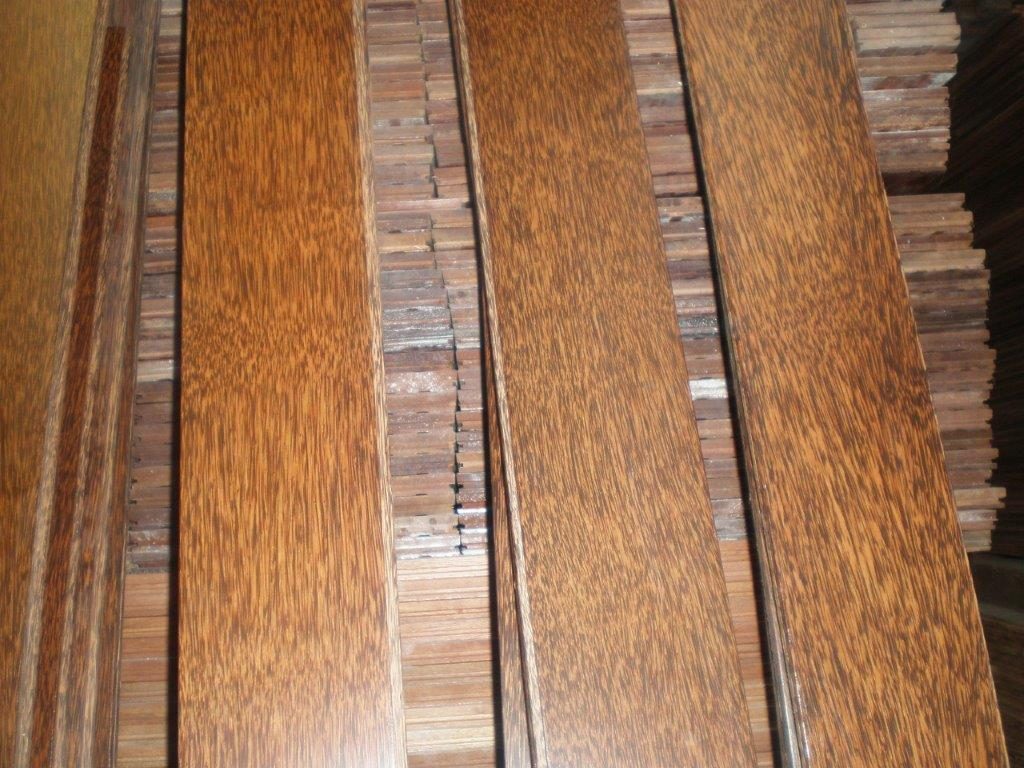
Surprisingly to some, the timber of the coconut palm is a rare but quite sustainable choice. Even though coconut palms grow quickly, the wood from which coconut flooring is produced is harvested from plants that are between 60 and 80 years old and no longer producing fruit. This unusually-appealing hardwood is cheaper than teak and is as hard as mahogany.
Glass Tiles
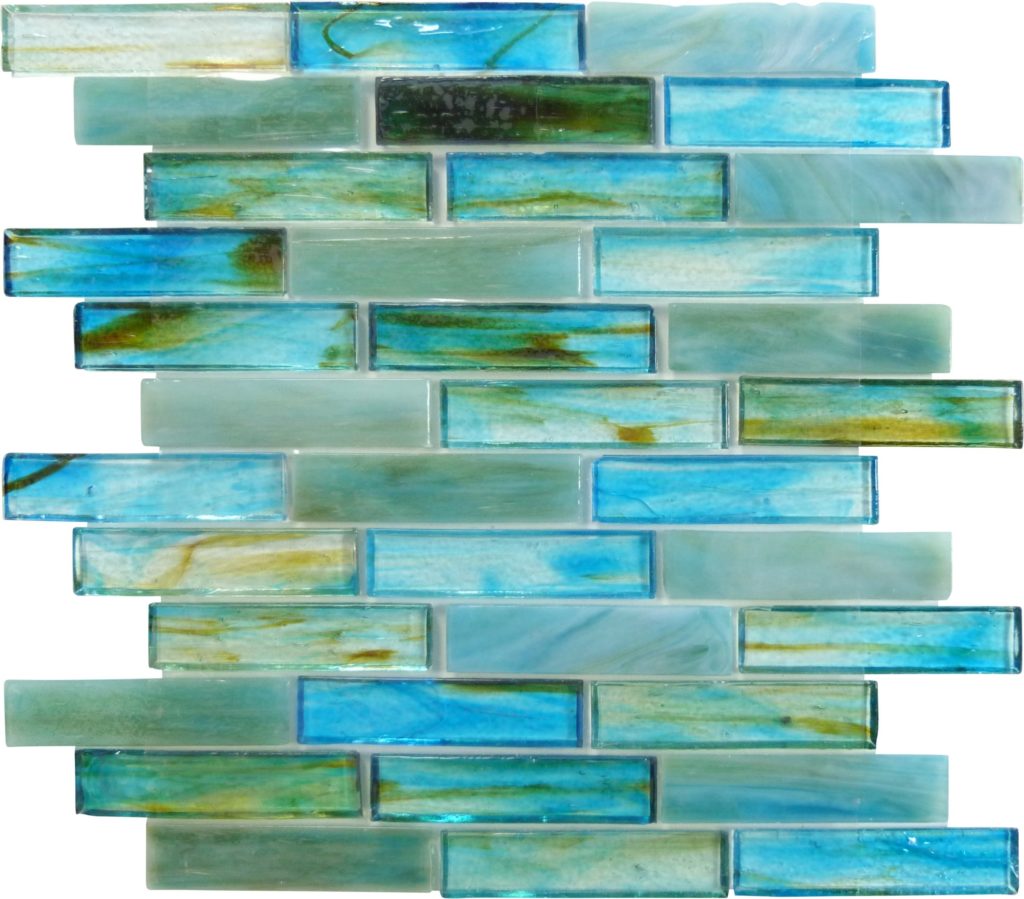
Another unusual material, glass tiles are basically recycled wine and beer bottles. This renewable source is rapidly becoming a great alternative for floors and even bathroom and kitchen walls. In addition, the glass surface doesn’t absorb liquids and doesn’t mildew or mold in damp environments. What’s more, it’s easy to maintain as it doesn’t stain. For interior enthusiasts, glass tiles come in a limitless array of colors, patterns, and finishes which make them extremely suitable for most design schemes.
Concrete
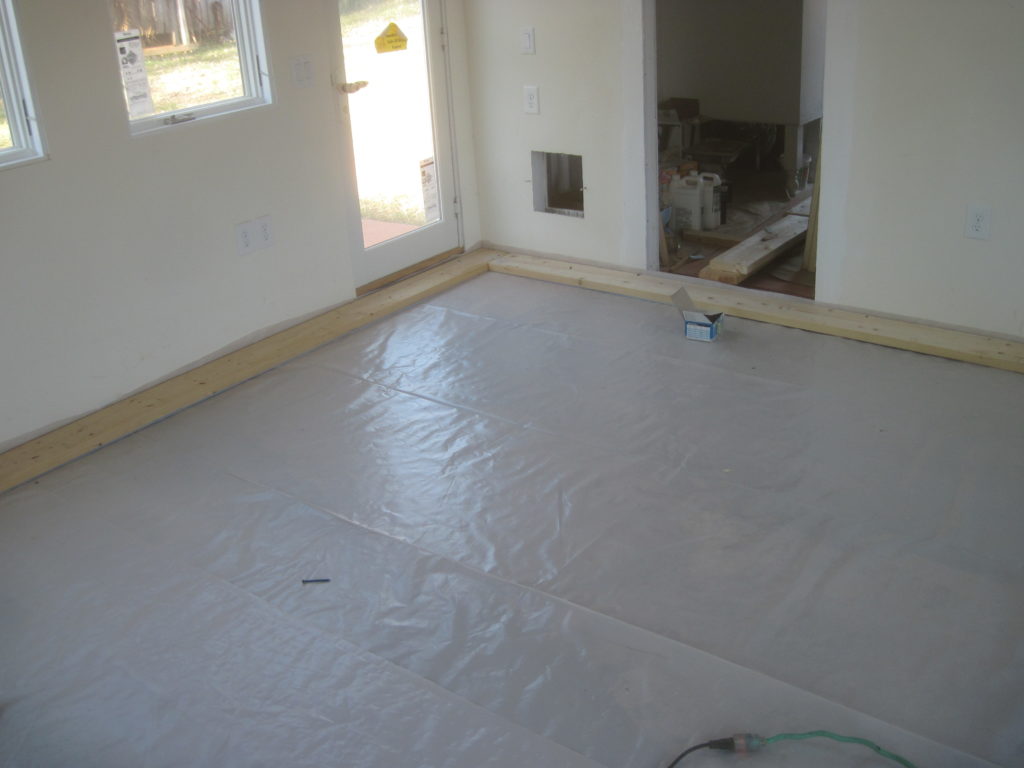
Last but not least, concrete should definitely be in the list of most sustainable materials as it never needs to be replaced. It’s typically slab on grade and is used as a subflooring. However, if it’s polished and tinted to the personal taste and style, there won’t be any need for traditional flooring over it.
Conclusion
To conclude, choosing an eco-friendly flooring material for your home interior is now more likely than ever. Because of the advancement of technology of recycling and processing, you can pick from the most unusual materials you’ve ever imagined and still achieve a perfect look for your kitchen, bathroom or living room. If you’re looking for quick solutions to your flooring, you could check out Swiss Interior from Singapore for a good overview of how what should an interior design service offer.



